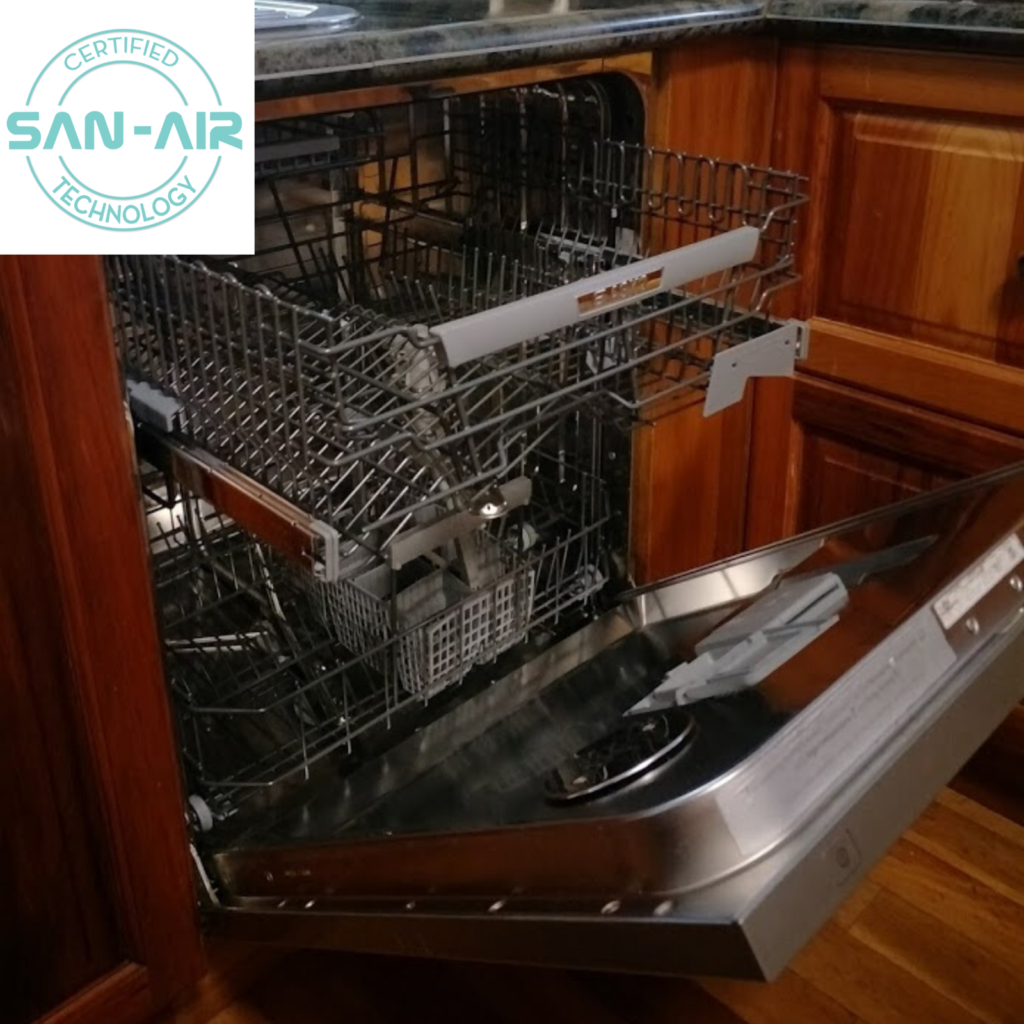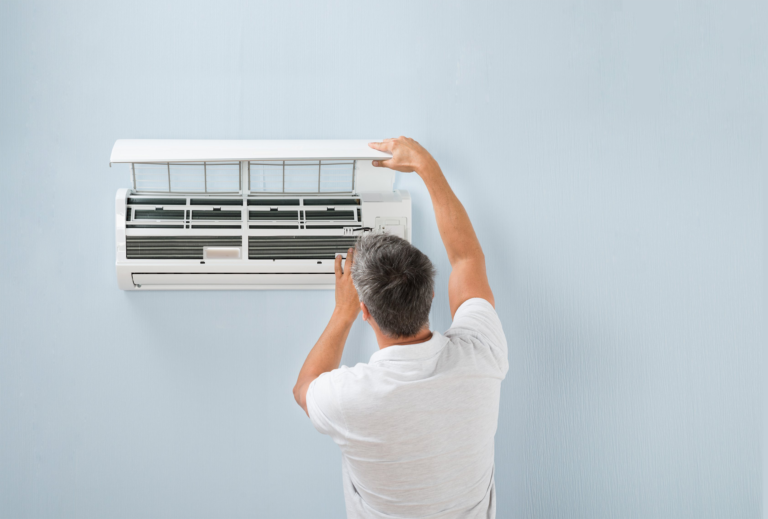What happens when baking soda (sodium bicarbonate) and vinegar (acetic acid) is mixed?
Mixing these two ingredients will get you a reaction, and in the right amounts and containers, the mixture can even be explosive! If you’ve ever made a homemade volcano as a science experiment, then you know firsthand what happens when baking soda and vinegar react!
Baking soda and vinegar react chemically because one is a base and the other is an acid. Baking soda is a basic compound called sodium bicarbonate. Vinegar is a diluted solution that contains acetic acid.
The baking soda and vinegar reaction is comprised of two separate reactions.
- The first reaction is the acid-base reaction. When vinegar and baking soda are first mixed together, hydrogen ions in the vinegar react with the sodium and bicarbonate ions in the baking soda. The result of this initial reaction is two new chemicals:
- carbonic acid and
- sodium acetate.
- The second reaction is a decomposition reaction. The carbonic acid formed as a result of the first reaction immediately begins to decompose into
- water and
- carbon dioxide gas. Just like carbon dioxide bubbles in a carbonated drink, the carbon dioxide (that formed as the carbonic acid decomposed) rises to the top of the mixture. This creates the bubbles and foam you see when you mix baking soda and vinegar.
So, after the two steps, depending on the amount of vinegar and sodium bicarbonate you use you will either have
- a neutral solution of water and carbon dioxide or
- an acidic solution (because more vinegar was used) or
- an alkaline solution (because of too much sodium bicarbonate)
When it comes to cleaning ……
Neutral solution | Acidic solution | Alkaline solution |
You are washing with water and elbow grease. | You are using water and acid. This commences the etching process that leads to rust. Every time you wash like this you are advancing the oxidation process that leads to rust. The impact will be on your machine surfaces and internal pipework. | You are using water and alkaline. This is a different chemical pathway, to the same result from acid solutions, which is the creation of corrosion and rust. Repeating this has the same impact on your machine surfaces and internal pipework. |
If you are told to wash your machine with a cup of vinegar, you are running your machine with an acid wash. This is the same as the acidic solution result (in above table) and you commence the corrosion process for your machine.
If you are told to do a rinse with baking soda, you are using an alkaline solution (in above table) to take any grease off the surfaces and most likely it will also etch part of the protective metal, giving the impression of a shine. Again, the corrosion process is advanced.
End Result = your washing machine is slowly being damaged with corrosion with the resulting etched surface collecting dirt even faster.
How can you tell if the cleaning products you are using are acidic or alkaline?
There are a few ways such as:
- Look up the SDS (safety data sheet) of the product on the internet.
- The ingredients on the packaging may have terms like “bleaching agents”.
Why is SAN-AIR better?
- SAN-AIR is a neutral product that uses the power of essential oils and strong surface active agents to gently mop up greases without etching surfaces.
- SAN-AIR is environmentally neutral.
- Quickly biodegradable in soil and water due to the presence of natural bacteria.




